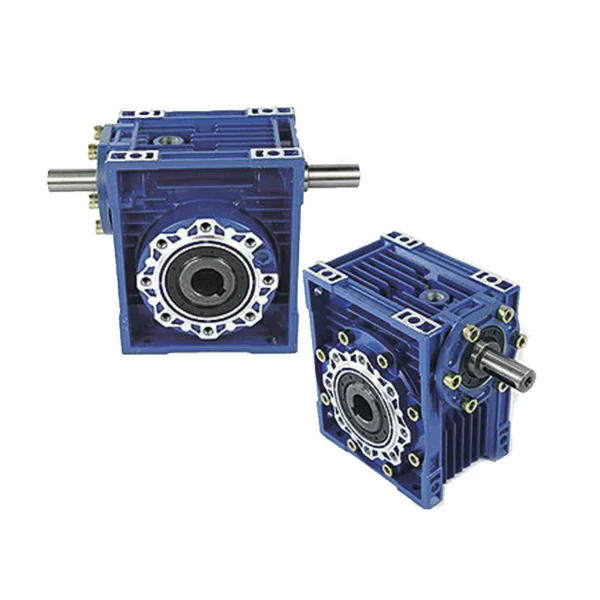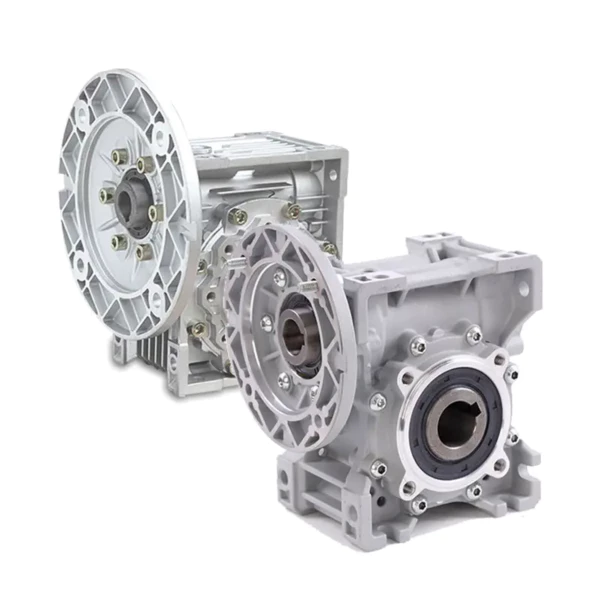
Worm Gearbox for Kinetic Sculpture Movement
As a vital component of kinetic sculptures, worm gearboxes play a crucial role in controlling movement and ensuring smooth operation. This blog post delves into the theory, application, and benefits of using worm gearboxes in kinetic sculpture movement.
Understanding Worm Gearboxes
A worm gearbox, sometimes referred to as a worm drive, is a gear arrangement in which a worm (which is a gear in the form of a screw) meshes with a worm gear (which is similar in appearance to a spur gear). The main advantage of worm gearboxes is their ability to provide high reduction ratios and correspondingly high torque multiplication.
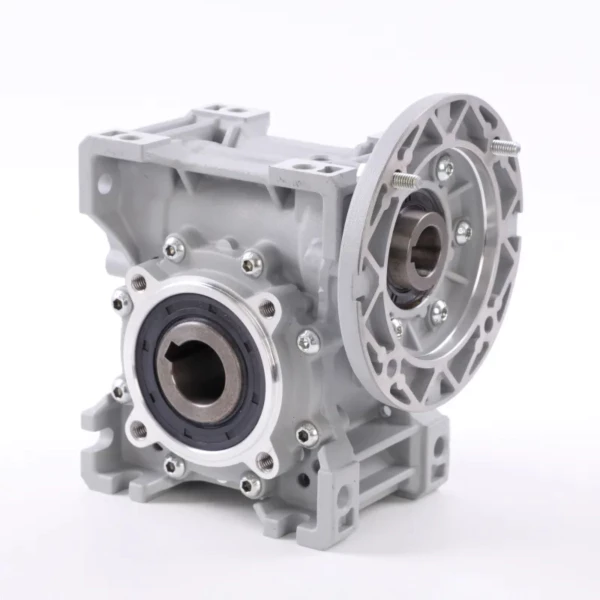
Applications of Worm Gearboxes in Kinetic Sculpture Movement
Worm gearboxes are used extensively in kinetic sculptures for various reasons. They provide a high degree of control over the movement of the sculpture, allowing for precise and intricate movements that would otherwise be impossible.
Why Worm Gearboxes are Ideal for Kinetic Sculpture Movement
- High Torque, Low Speed: Worm gearboxes are known for their ability to deliver high torque at low speeds, which is perfect for kinetic sculptures that require slow, controlled movements.
- Smooth Operation: The unique design of worm gearboxes ensures smooth and silent operation, enhancing the overall experience of the kinetic sculpture.
- High Reduction Ratios: With high reduction ratios, worm gearboxes allow for precise control over the speed and movement of the sculpture.
- Compact and Robust: Worm gearboxes are compact in size, allowing them to be integrated into sculptures without disrupting the aesthetics. They are also robust and durable, ensuring a long lifespan for the sculpture.
- Self-locking Mechanism: Some worm gearboxes come with a self-locking feature, which can hold the sculpture in place when the motor is not running, thus providing added safety and stability.
Working Principle of Worm Gear Motor
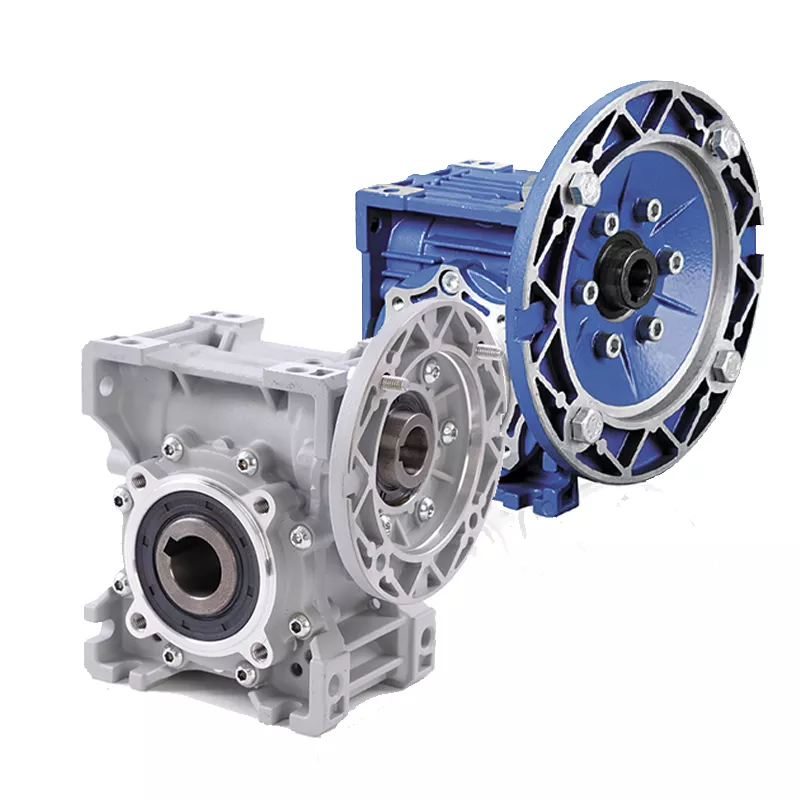
The working principle of a worm gear motor revolves around the interaction between the worm and the worm gear. The worm, which is connected to the motor, rotates and its threads engage with the gears on the worm gear. This interaction causes the worm gear to rotate, thus converting the high-speed rotation of the motor into a slower, high-torque output.
Choosing the Right Worm Gear Reducer for Your Application
- Consider the Torque Requirements: The torque requirements of your application will determine the size and type of worm gearbox you need.
- Understand the Speed Requirements: The speed at which your application needs to operate will also influence your choice of worm gearbox.
- Evaluate the Duty Cycle: The duty cycle refers to how long the worm gearbox will be operating. A higher duty cycle may require a more robust gearbox.
- Consider the Mounting Options: Depending on your application, you may need a worm gearbox that can be mounted in a specific way.
- Take into Account the Environmental Conditions: Factors such as temperature, humidity, and exposure to dust or chemicals can affect the performance and lifespan of a worm gearbox. Choose a gearbox that is suitable for your operating environment.
Motors for Worm Gear Reducers
Worm gear reducers and motors are two halves of a whole, each complementing the other's functionality and performance. The right motor can enhance the performance of the worm gear reducer, ensuring smooth operation and controlled movement in kinetic sculpture applications. We also provide compatible electric motors for our worm gear reducers.
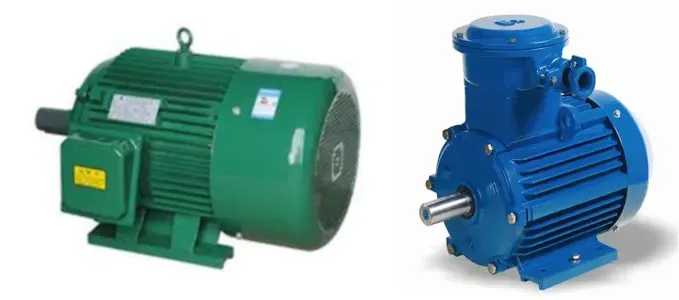
Why Choose Our Worm Gearboxes?
We are a comprehensive transmission equipment manufacturer with over 15 years of experience. We have introduced advanced production and testing equipment, employed industry professionals, and carried out innovative research and development to provide high-quality, high-energy-efficiency, and high-stability worm gearboxes. Our products have won the praise of customers in Europe, America, Africa, Asia, and more.
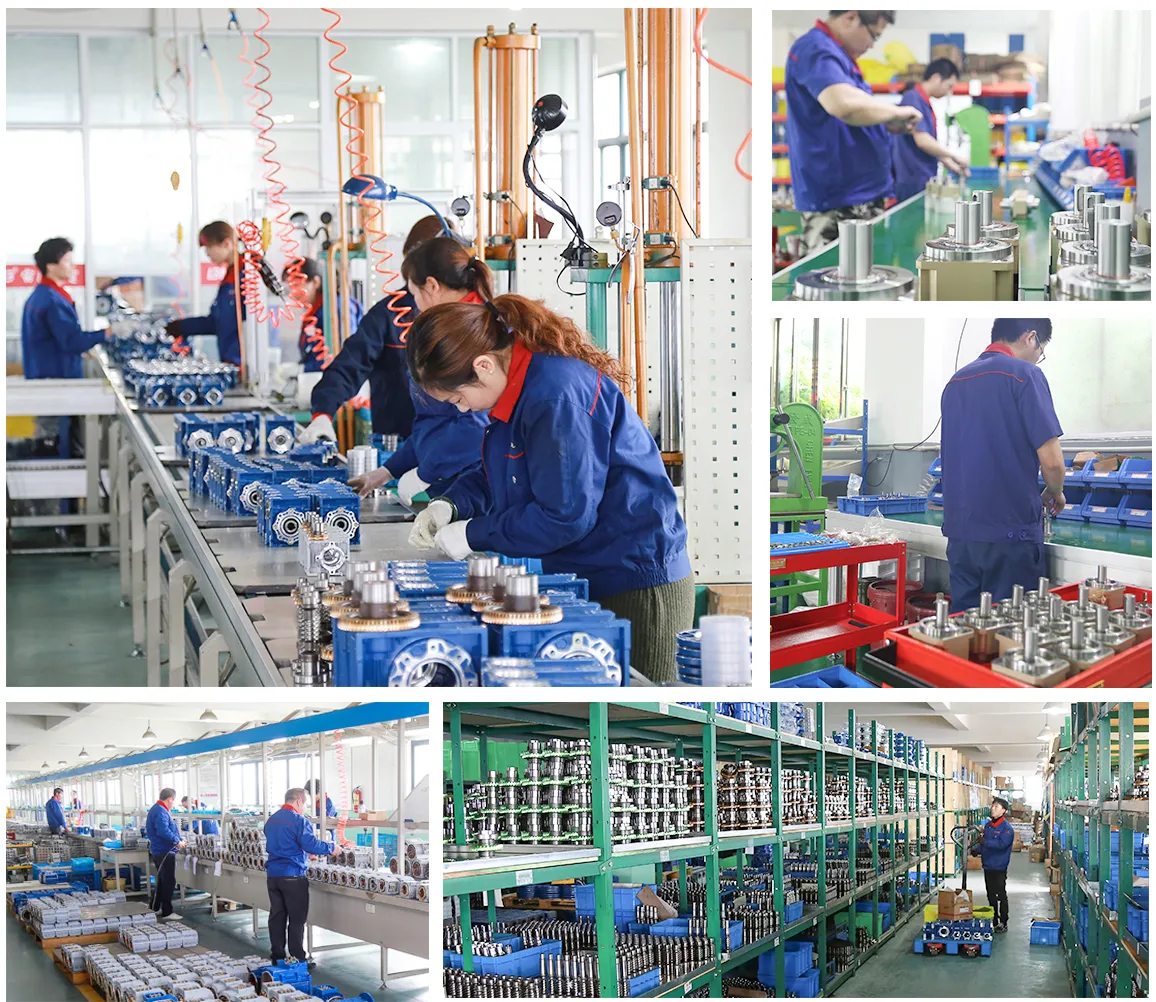
We invite you to explore our products and contact us for further discussions. Our team is ready to assist you in selecting the perfect worm gearbox for your kinetic sculpture application.
FAQs
Q1: Why are worm gearboxes used in kinetic sculptures?
A1: Worm gearboxes are used for their ability to deliver high torque at low speeds, provide smooth operation, and allow precise control over the speed and movement of the sculpture.
Q2: How does a worm gear motor work?
A2: The worm gear motor works by converting the high-speed rotation of the motor into a slower, high-torque output through the interaction between the worm and the worm gear.
Q3: How to choose the right worm gear reducer for a kinetic sculpture?
A3: The selection of a worm gear reducer depends on factors such as torque requirements, speed requirements, duty cycle, mounting options, and environmental conditions.
Edited by Zqq.
